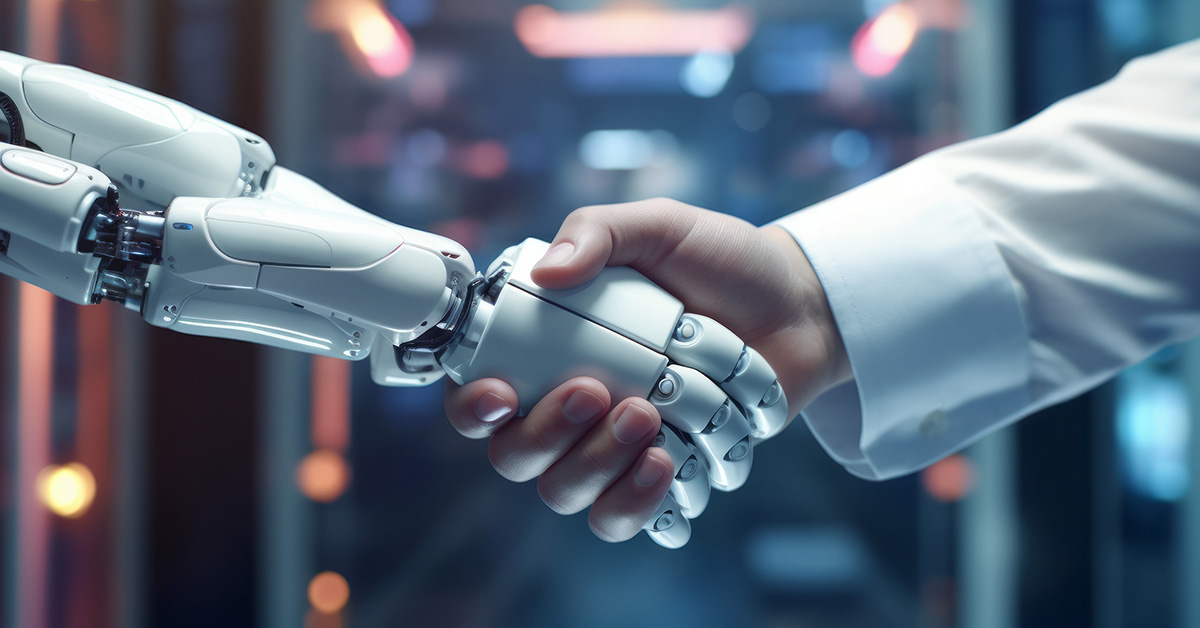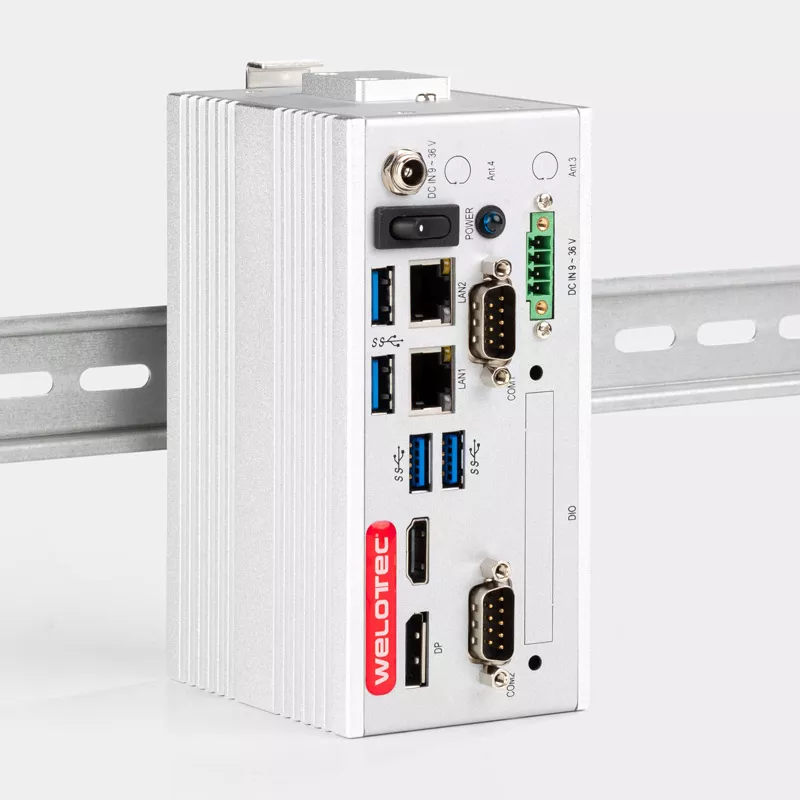In an era where technology is rapidly transforming every aspect of our lives, the realm of security is no exception. Innovations in surveillance and monitoring systems have paved the way for cutting-edge solutions, and Innocams is one such name that has emerged as a game-changer. In this article, we will delve deep into the world of Innocams, exploring its history, features, applications, and the impact it has on security in various domains.
I. The Genesis of Innocams
Innocams, short for “Innovative Cameras,” is a revolutionary technology that combines the power of cameras, artificial intelligence (AI), and cloud computing to redefine the way we approach security. The concept of Innocams began to take shape in the early 21st century, driven by the need for more efficient and intelligent surveillance systems.
A. The Evolution of Surveillance Cameras
The history of surveillance cameras dates back to the mid-20th century when closed-circuit television (CCTV) systems first came into use. These systems, although groundbreaking at the time, had their limitations. They required extensive wiring, had limited recording capacity, and lacked real-time intelligence.
In the following decades, surveillance cameras went through significant advancements. The transition from analog to digital cameras improved image quality and storage capacity. However, it was the integration of AI and cloud technologies that truly transformed these cameras into Innocams.
B. The Birth of Artificial Intelligence in Surveillance
Artificial intelligence, particularly machine learning, played a pivotal role in the development of Innocams. By training AI algorithms on vast datasets of visual information, cameras became capable of recognizing and analyzing objects, faces, and activities in real-time.
II. Features of Innocams
Innocams is a multifaceted technology with a wide range of features that set it apart from conventional surveillance systems. Let’s explore some of its key components:
A. Real-Time Object Recognition
Innocams cameras are equipped with advanced AI algorithms that can recognize and identify objects in real-time. This capability enables them to detect and respond to security threats swiftly. Whether it’s a trespasser, a suspicious package, or an unauthorized vehicle, Innocams cameras can alert security personnel instantly.
B. Facial Recognition
Facial recognition technology has gained prominence in various security applications, from access control to criminal identification. Innocams takes facial recognition to the next level, allowing for highly accurate and fast identification of individuals even in crowded environments.
C. Smart Alerts and Notifications
Innocams cameras are not just passive recording devices. They actively monitor their surroundings and can send alerts and notifications when specific events occur. These alerts can be customized to suit different security needs, ensuring that security personnel are informed promptly.
D. Cloud Integration
One of the key strengths of Innocams is its integration with cloud computing. This allows for remote monitoring and access to camera feeds from anywhere in the world. It also facilitates centralized storage of video footage, making it easily accessible and secure.
III. Applications of Innocams
The versatility of Innocams opens up a wide range of applications across various industries and sectors. Here are some of the key domains where Innocams is making a significant impact:
A. Law Enforcement
In the realm of law enforcement, Innocams has proven invaluable. Police departments use these cameras for surveillance, crowd management, and criminal identification. Innocams equipped with facial recognition technology can quickly match faces with criminal databases, aiding in the apprehension of suspects.
B. Business and Retail
In the business world, Innocams enhances security in retail stores, warehouses, and corporate offices. It helps prevent theft, monitor employee activities, and ensure the safety of customers and staff. Smart alerts can notify store owners of suspicious behavior, such as shoplifting or loitering.
C. Transportation and Traffic Management
Innocams has also found a place in transportation and traffic management. Traffic cameras equipped with Innocams technology can monitor traffic flow, detect accidents, and even issue tickets for traffic violations. This contributes to safer roads and more efficient traffic management.
D. Healthcare Facilities
In healthcare, Innocams plays a crucial role in safeguarding patients, staff, and valuable medical equipment. These cameras can monitor access to restricted areas, identify unauthorized personnel, and provide real-time security updates to hospital security teams.
IV. Privacy and Ethical Concerns
While the benefits of Innocams are undeniable, the technology also raises significant privacy and ethical concerns. Facial recognition, in particular, has sparked debates over personal privacy and the potential for misuse. Striking a balance between security and individual rights remains a challenge that society must address.
A. Privacy Regulations
To address these concerns, governments and regulatory bodies have introduced privacy regulations that govern the use of facial recognition and surveillance technologies. These regulations vary from region to region but generally aim to ensure that individuals’ rights are protected.
B. Ethical Use
The responsible and ethical use of Innocams is paramount. It is essential for organizations and individuals using this technology to establish clear policies and guidelines regarding data collection, retention, and sharing. Transparency in how the technology is deployed can help build trust with the public.
V. The Future of Innocams
As technology continues to advance, the future of Innocams looks promising. Here are some trends and developments to watch out for:
A. Improved AI Capabilities
AI algorithms will continue to evolve, leading to even more accurate object and facial recognition. This will enhance the overall performance of Innocams and reduce false alarms.
B. Integration with IoT
Innocams will increasingly become a part of the Internet of Things (IoT) ecosystem. This integration will enable cameras to communicate with other devices and systems, further enhancing security and automation.
C. Enhanced Privacy Measures
To address privacy concerns, future Innocams systems may incorporate advanced privacy features, such as anonymization of facial data and user-controlled access to camera feeds.
Conclusion
Innocams represents a significant leap forward in the field of security and surveillance. Its ability to combine cameras, AI, and cloud computing has transformed the way we approach security in various domains. While it offers immense benefits, it also presents challenges related to privacy and ethics that society must grapple with. As technology continues to evolve, the responsible use of Innocams will be crucial in striking the right balance between security and individual rights.

